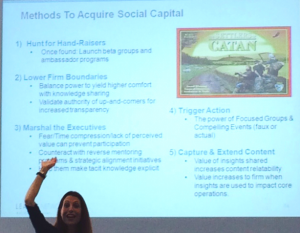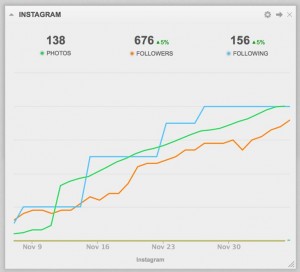by David Baker, Op-Ed Contributor, July 25, 2016
Anyone who has spent time in direct marketing for a brand knows there is no such thing as incremental budget. It’s a world of trade-offs — or, as a mentor of mine would always say, “What do we not do to make this happen?”
You’d think this would be different considering global marketing spend is over a trillion dollars and represents 1%-2% of GDP, and the fact that marketing spend has increased faster than the top line for several decades.
In 2015, Gartner saw marketing budgets increase 10%-11% of revenue, and over 2/3 of marketers expect their budgets to increase in 2016.
Yet, the last U.S. Digital Marketing Forecast by Forrester didn’t show a lot of change in terms of growth in spend by channel — but instead, a decline in growth rates:
— Email projected to grow at 8% CAGR, down from 10% CAGR in the 2011-2016 Forecast
— Social is projected to grow 18%, down from 26% CAGR
— Display is projected to grow 13%, down from 20% CAGR
— Search is projected to grow 12%, down from 10% CAGR
So, where are organizations spending? According to Gartner, that spend is in a few areas:
1. Digital commerce
2. Social media
Earned and owned media will always get higher ranks for internal investments, but with products becoming more advanced and bridging IT and marketing, where do the budget battles get won and lost?
There are two worlds of investment outlooks. IT looks at CAPEX (capital expenditure) and long-term views of investments, while marketers tend to look at OPEX (operational expenditure) and shorter-term views of return. Marketers think CAPEX is a “build vs. buy” view, and IT sees OPEX spends as too short-sighted and vendor-reliant to be sustainable.
To begin, all investments need to be looked at through this standard ROI model:
Payback period: The amount of time required for the benefit to pay-back the cost of the project.
Net present value: The value of future benefits restated in terms of today’s money.
Internal rate of return: The benefits restated as an interest rate.
Suppose you have a project that will cost you $1,500 and will save you $1,000 a year over five years. The result might look like this:
— Payback is 1.5 years.
— The value of benefits is $2,291.
— The equivalent interest rate of return is 60.38% (meaning, if you loaned this money, this would be the rate of return).
This can be confusing if you’ve never done financial ROIs before, or are struggling to know what to measure or what exactly are the tangible and intangible benefits. But it’s a great discipline that you should adopt. It is the only true way to stack up many investments and see which offers the most strategic and financial benefits for your company.
An optimist will get excited about this. The market is ripe, if you can get your part of the budget. It’s a good sign when, according to Gartner, 71% of marketers now set aside a discrete “innovation” budget, and over 90% of those are actively assessing, piloting or actively using technologies like the Internet of Things, real-time social listening tools, marketing analytics and digital marketing hubs.
Want to get to YES? Start with an ROI model, and you’ll get to the budget table.
“Money frees you from doing things you dislike.” — Groucho Marx
MediaPost.com: Search Marketing Daily
(23)
Report Post




